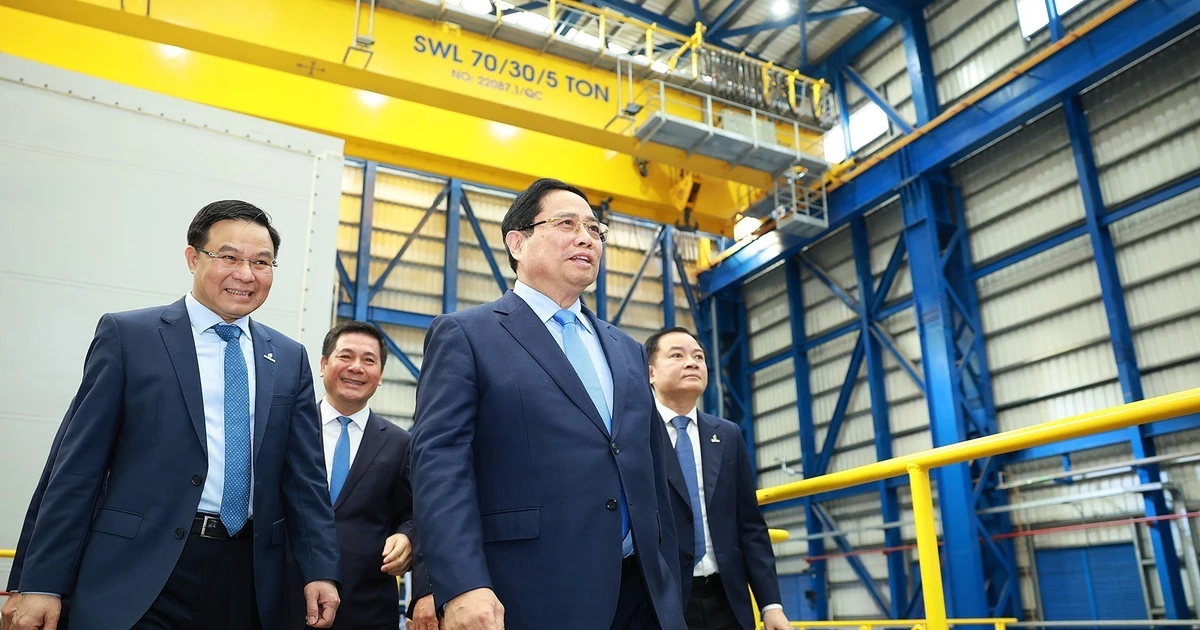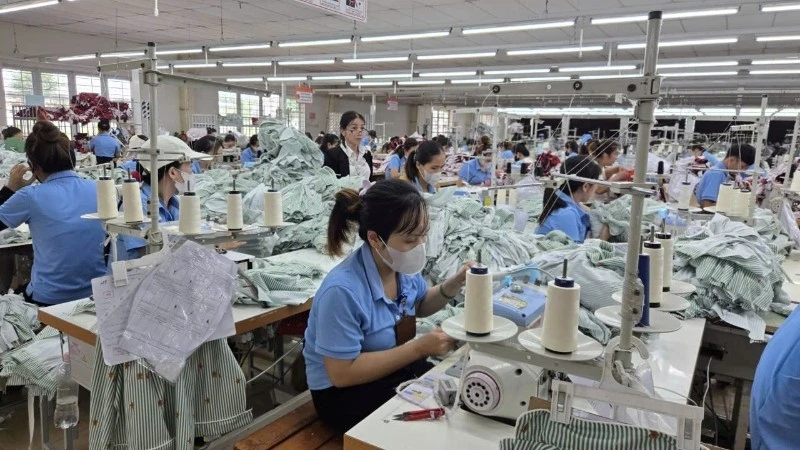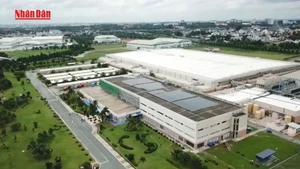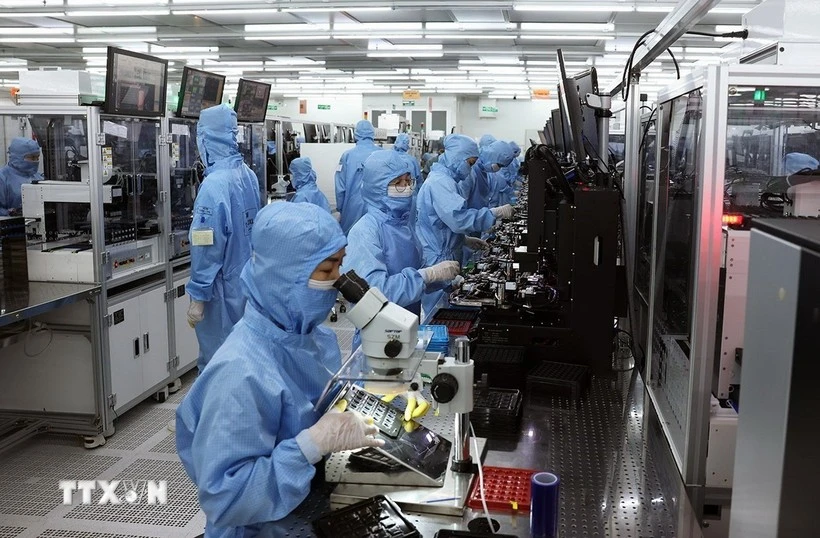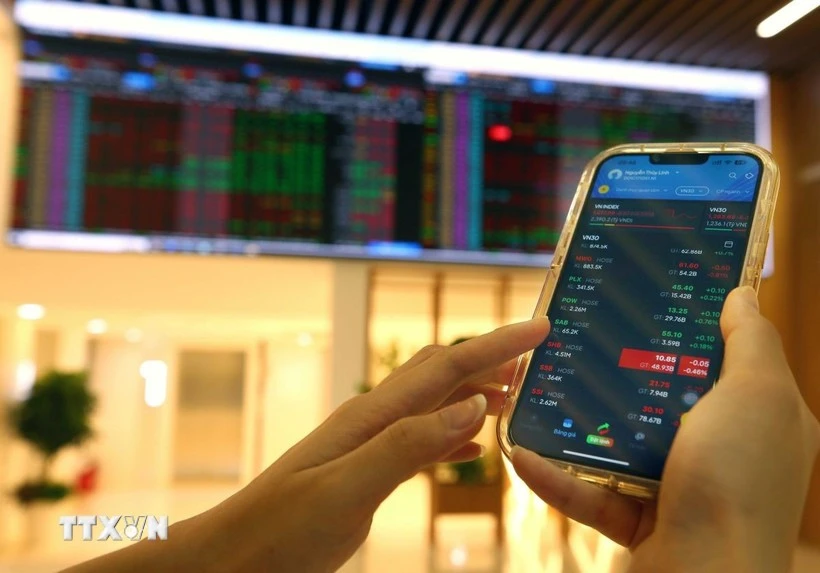According to the Vietnam Commodity Exchange (MXV), this robust supply-demand foundation is expected to support high copper prices in the medium to long term.
Since the beginning of 2025, global copper prices have shown notable fluctuations. After a strong rally that peaked at a historic high at the end of March, the market underwent a significant correction in April. Notably, on March 26, COMEX copper prices hit an all-time high of 5.24 USD per pound, equivalent to 11,559 USD per metric tonne.
Soaring demand outpaces supply
Two years ago, the US Department of Energy (DOE) officially added copper to its list of critical and strategic minerals. At the same time, the government recognised copper as a key material in the nation’s clean energy transition, electrification, and power infrastructure—extending even to national security. According to US estimates, copper demand in this context is projected to double by 2035.
The global energy landscape is also undergoing a major transformation, fundamentally reshaping copper demand. According to the International Energy Agency (IEA), approximately 24% of current copper demand comes from clean technologies such as renewable energy, electric vehicles (EVs), power grids, and energy storage. This share is expected to rise to 38% by 2030 and 45% by 2040.
In transportation, the average electric vehicle requires about 83 kg of copper, 3.6 times more than a conventional internal combustion engine vehicle, while each electric bus requires as much as 224–369 kg. This high consumption rate has made EVs a key driver of global copper demand, especially as many countries race to cut emissions.
In 2024, global EV sales surpassed 17 million units, up 25% from 2023, with China accounting for 11 million of those. According to the IEA, by 2040, the transport sector will represent 20% of global copper demand, up from the current 13%. Furthermore, the rise of new technologies, particularly artificial intelligence (AI) and the need for massive data storage has created a promising new demand segment. Macquarie Bank estimates that global data centres will consume between 330,000 and 420,000 tonnes of copper annually by 2030.
Likewise, Europe is entering a profound energy transition phase, marked by unprecedented investment. According to the European Commission, the region will need to invest between 2 trillion and 2.3 trillion USD to comprehensively upgrade its power grid infrastructure by 2050. Current investments stand at just 300 billion USD per year—far short of actual needs.
While global demand is surging, the supply side is grappling with serious challenges. In the US, domestic copper mining and production capacity remains limited, forcing heavy reliance on imports of refined copper from Chile, Canada, and Peru—raising the risk of localised supply shortages in the short term.
Meanwhile, in China, copper ore shortages are becoming increasingly severe. Only about 20% of global ore meets the country’s strict import standards. As a result, trading companies must blend ore from multiple sources at overseas facilities, raising import costs and tightening supply.
Additionally, copper supply from key producing countries such as Chile, Peru, and the Democratic Republic of Congo is perpetually at risk of disruption. In Chile, a massive power outage in February disrupted operations at several major mines, including Escondida—the world’s largest privately owned copper mine. In Congo, conflicts involving the M23 rebel group have raised concerns over potential mining disruptions.
Copper price scenarios for 2025
So far this year, the global copper market has seen a string of dramatic developments. As analysed earlier, the US has designated copper a critical mineral under its long-term sustainable economic strategy. Following his inauguration, President Donald Trump announced that he would consider imposing tariffs on all imported metals, including copper.
This move coincides with surging industrial demand in the US and globally, especially in AI, automation, and clean energy, which has driven COMEX copper to multiple record highs in the first four months of the year.
Duong Duc Quang, Deputy General Director of MXV, cited a report by the International Copper Study Group (ICSG) showing that the global refined copper market faced a shortfall of about 124,000 tonnes in November and 22,000 tonnes in December of last year. A recent JP Morgan study further highlights that copper shortages are likely to persist into 2026, with an estimated shortfall of around 160,000 tonnes of refined copper. With demand rising and anticipation building around potential US tariff negotiations, it is conceivable that COMEX copper could reach 12,000 USD per tonne in 2025.
On the other hand, in a less optimistic scenario, the global energy transition could stall due to an unstable trade environment, marked by rising tariff barriers and protectionist policies. In the event of an economic downturn, governments may be forced to tighten budgets or withdraw support policies—illustrated by Germany’s termination of EV subsidies at the end of 2023. If China's economic growth—critical to the copper market, accounting for 50–60% of global metal consumption—slows from 4.6% to 4.1%, and its 1 trillion yuan stimulus package fails to stimulate demand, copper prices could drop below 10,000 USD per tonne this year.
Amid the global shift toward a low-carbon economy, copper is moving beyond its traditional role as an industrial metal to become a cornerstone of new energy infrastructure development. MXV believes copper prices are likely entering an upward cycle in the near future.

